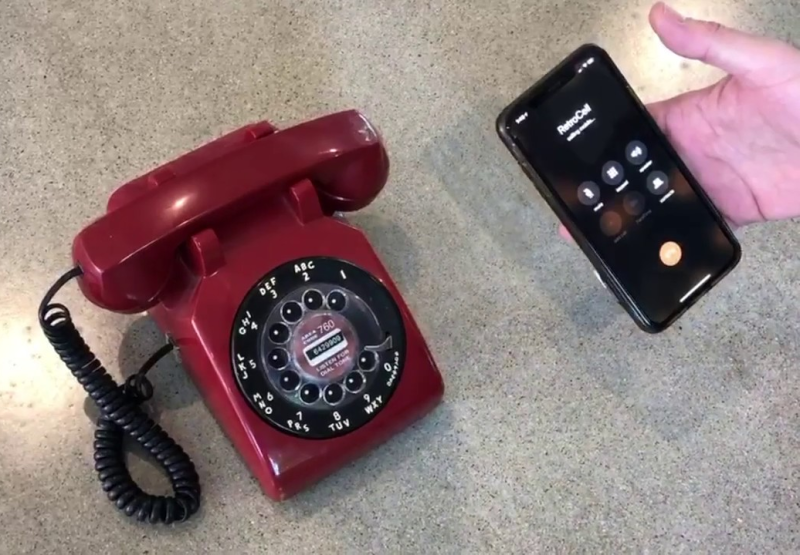If you’re reading this, chances are good that you’re the family IT department. We do what we can to help them, but there’s just no changing the fact that smartphones are difficult to operate with aging eyes and hands. When [sideburn’s] dad started complaining, he took a different approach. Instead of helping his dad adapt, [sideburn] stuffed modern cell phone guts into a 1970s rotary phone — if all you want to use it for is phone calls, why not reach for a battle-tested handset?
[sideburn] figured out the most important part first, which is getting the thing to ring. The bells in those old phones are driven by a huge relay that requires a lot of voltage, so he boosted a 3.2V rechargeable to 34V. Then it was just a matter of getting the GSM module to play nice with the microcontroller, and programming a MOSFET to trigger the boost module that makes the beast jingle.
The worst thing about rotary phones is that they were never meant to be dialed in a hurry. But [sideburn] took care of that. Once Rotocell was up and working, he added an SMS interface that makes the phone a lot more useful. Dad can add contacts to Rotocell by texting the name and number to it from a modern phone. Once it’s in there, he can dial by name, speeding up the process a tiny bit.
The SMS interface can also report back the signal strength and battery level, and will send battery low alerts when it’s under 20%. You can see Rotocell in action after the break.
Got an old rotary or two lying about? If modernizing the internals to make calls doesn’t light up your circuits, try turning it into a voice-controlled assistant instead.

















I wonder how hard it would be to add a small circular touchscreen (like used in smaetwatches etc) in the center of the dial so you can scroll up and down through a list of contacts then tap the one you want to call?
This reminded me of this cool rotary phone with more features. http://www.sqnewton.com
The bells are driven by an electromagnet. Not relay.
I should have servo to redial
I was hoping that the rotary would be actuated to actually dial the numbers!
When I would encounter a rotary phone, I would just tap the number out on the receiver hang-up pins. It was faster than spinning the dial. Worked great!
I have a Western Electric rotary telephone, when I bought it ($1?) transmitter has not worked.
Anybody have tips for troubleshooting it?
The “transmitter” was a carbon (button) mic which required a DC voltage on it so the varying mic resistance caused a varying current in your earphone AND down the line to the central office too.
Rotary phones had speed dial. You had to pay for the service from the telco. You could have several 2 digit codes programmed to numbers you commonly called.
Make it voice activated and motorize the dial, so when you say the name in your list, it dials itself and you can watch it go around. That would be next level!